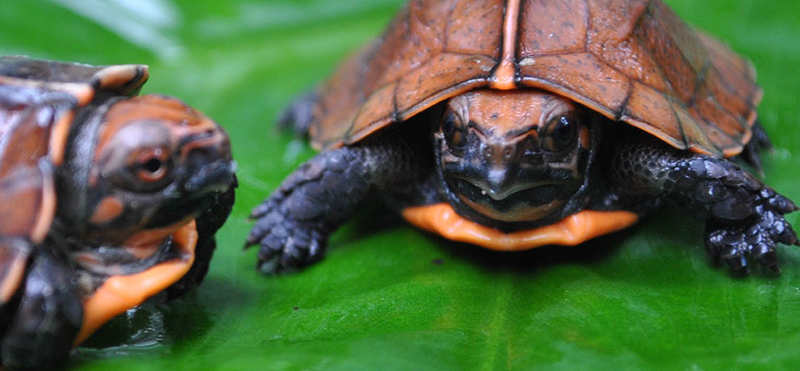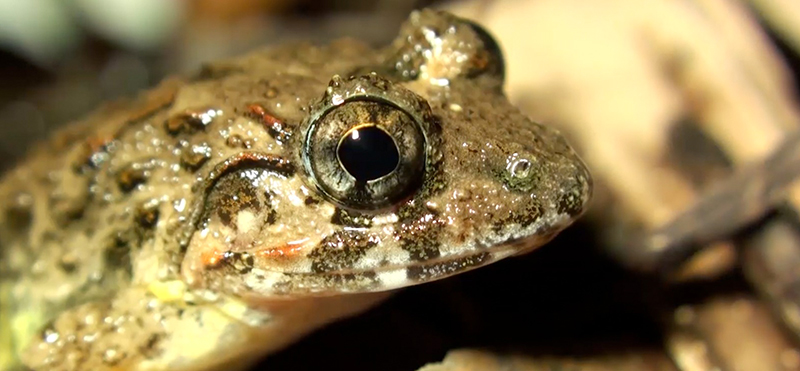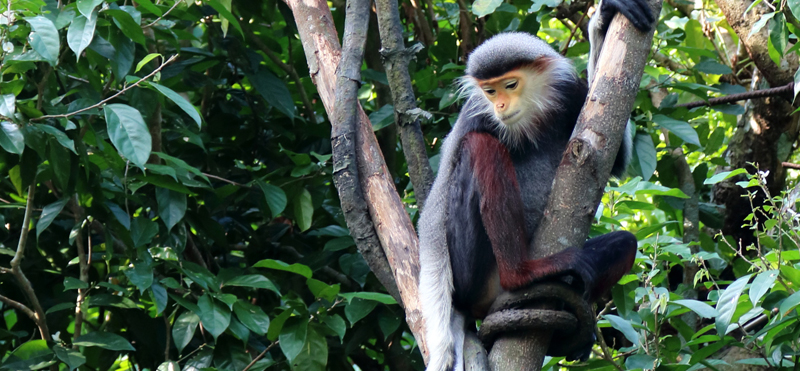Carbon Offsetting
Ovendens are proud supporters of a Carbon Offsetting
initiative called Carbon Balanced Paper
This initiative offsets the unavoidable carbon emissions generated during the paper making process through partnership with World Land Trust.
All papers purchased from Ovendens are available as a Carbon Balanced Paper for a nominal fee and details of this initiative are explained below.
(with the exception of 9lives 100 Offset which is supplied carbon balanced already)
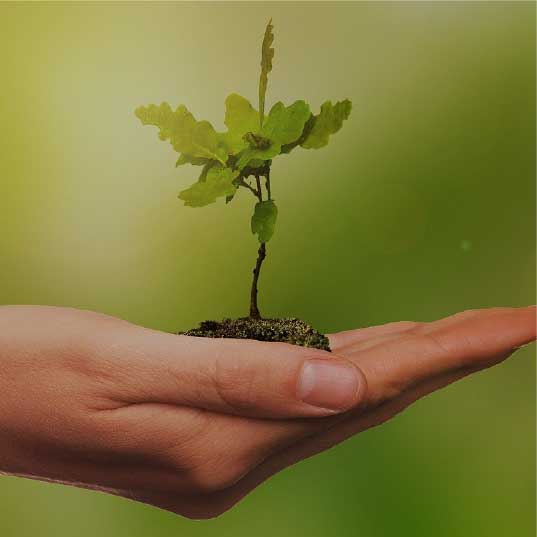
How carbon balancing works
Put simply, carbon balancing is where the carbon impacts of a product or service have been estimated and an equivalent amount of carbon dioxide is either prevented from being released into, or is absorbed from, the atmosphere.
Carbon balancing is delivered by World Land Trust, an international conservation charity, who protects the world’s most biologically important and threatened habitats acre by acre.
Their carbon balanced programme offsets emissions through the purchase and preservation of high conservation value forests. Sir David Attenborough is a key patron of the trust.
Through land purchase of ecologically important standing forests under threat of clearance, carbon is locked that would otherwise be released. These protected forests are then able to continue absorbing carbon from the atmosphere.
This is now recognised as one of the swiftest ways to arrest the rise atmospheric CO2 and global warming effects.
How can I order Carbon balanced paper?
step 1
Speak to Ovendens sales office and request to carbon balance your paper order.
step 2
The office will calculate the amount of carbon you have saved and the associated cost of the carbon offset to be paid to World Land Trust.
step 3
The negligible cost of carbon balancing will appear as a separate line on your quote and invoice.
Step 4
The office will send you a confirmation email with your bespoke certificate and unique World Land Trust logo for using on your job.
What is Carbon Balanced Paper?
A simple way to help your customers reduce the carbon impact of their printed marketing communications by offsetting the unavoidable carbon emissions generated during the paper making process.
Why is this important?
Taking positive action with Carbon Balanced Paper helps combat global warming and deliver against your corporate responsibility.
Who is World Land Trust?
An international conservation charity that protects the world’s most biologically significant and threatened habitats acre by acre.
With Patrons including Sir David Attenborough, David Gower, Steve Backshall and Chris Packham.
Making a real difference?
Carbon Balanced Paper supports World Land Trust projects in Vietnam, one of the most biologically diverse countries on Earth and an area of international conservation importance.
brands
Tonnes of co2
Acres of land
Since its’ launch in 2013 more than 6,500 brands have now used Carbon Balanced Paper, balancing more than 380,000 tonnes of CO2 and preserving 32,650 acres of ecologically endangered land with World Land Trust.
January 2024
Benefits for your organisation
Carbon balancing your paper will reduce your carbon impact, demonstrates your commitment to responsible procurement and corporate responsibility, and enhances your brand.
Use a World Land Trust logo
You will be issued with a unique World Land Trust Carbon Balanced Paper logo that you can include on your printed material to demonstrate and communicate your commitment to reduce your carbon impact
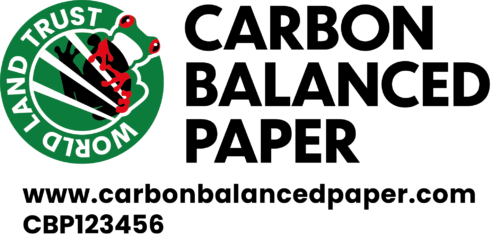
Receive a World Land Trust certificate
You will also receive a of certificate to advise the amount of CO2 balanced and the area of land protected as a result of your positive action.
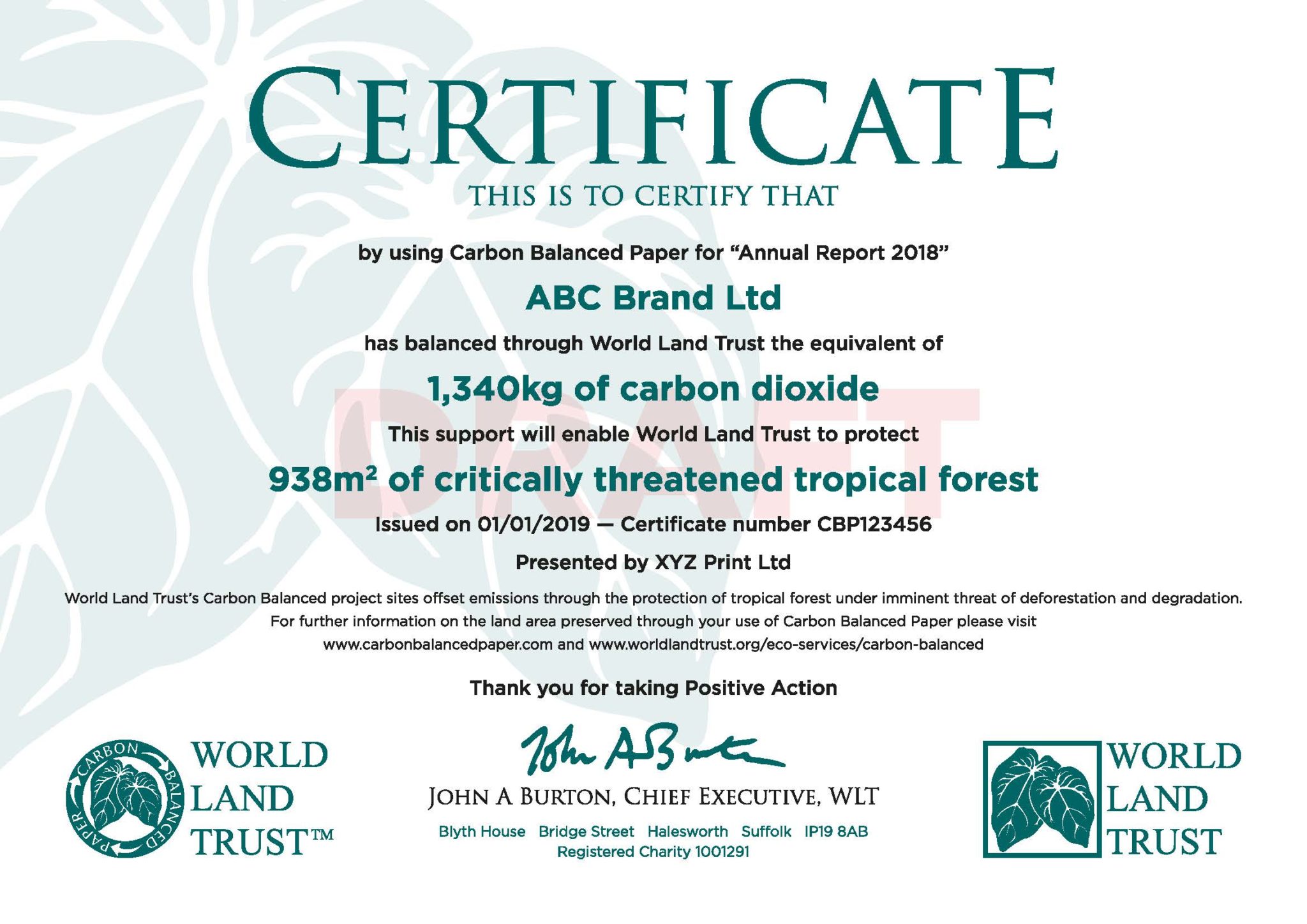
Why Carbon Balanced Paper?
There’s been a revolution in the past two decades. And you’ve been part of it.
Paper is now regarded as one of the world’s great sustainable products. It’s biodegradable, recyclable and made from a renewable raw material. And it’s thanks to the whole print supply chain that terms like FSC, PEFC and recycled content have entered the mainstream.
Carbon Balanced Paper in partnership with World Land Trust is the next step. It’s come at a time when business and consumers are looking for every way they can to reduce their carbon impacts.
Carbon Balanced Paper: High-performance paper for tomorrow’s low-carbon economy.
Why cut carbon?
Carbon management is good for the planet and for business.
Corporate Social Responsibility initiatives now dictate the esteem in which brands are held, and pro-low carbon statements from business leaders such as the Copenhagen Communiqué, which called for reductions in carbon emissions of 50-85% by 2050, indicate clearly the importance business now attaches to the issue.
The low-carbon economy is on its way.
Today, a carbon reduction strategy is a competitive advantage. Tomorrow, it will be standard business practice.
Using paper where the carbon impacts have been balanced by the World Land Trust will help your company meet and exceed its environmental policy targets, affordably and effectively.
And, by using the Carbon Balanced Paper on-product logo, a business can convey that success on all their printed material.
Carbon balancing in action
Sitting within the Indo-Burma hotspot, Vietnam is a long, narrow country of mountains and tropical forests. It runs the length of the eastern Indochina peninsula and spans a wide range of latitudes, giving rise to an exceptional diversity of habitats and species, with high levels of endemism.
One of the most biologically diverse countries on Earth, Vietnam is of international conservation importance, harbouring around 10 per cent of the world’s species. It is also one of the fastest growing economies in the world, which is putting immense pressure on its exceptional biodiversity.
World Land Trust (WLT) is helping conserve Vietnam’s tropical forests in partnership with Viet Nature Conservation Centre (Viet Nature).
The protection of 20,000 hectares at Khe Nuoc Trong is supported by the Carbon Balanced Programme, working through WLT’s in-country partner Viet Nature Conservation Centre.
Key Species: Red-shanked Douc, Giant Muntjac, Hatinh Langur, Southern White-cheeked Gibbon, Bourett’s Box Turtle, Keeled Box Turtle
